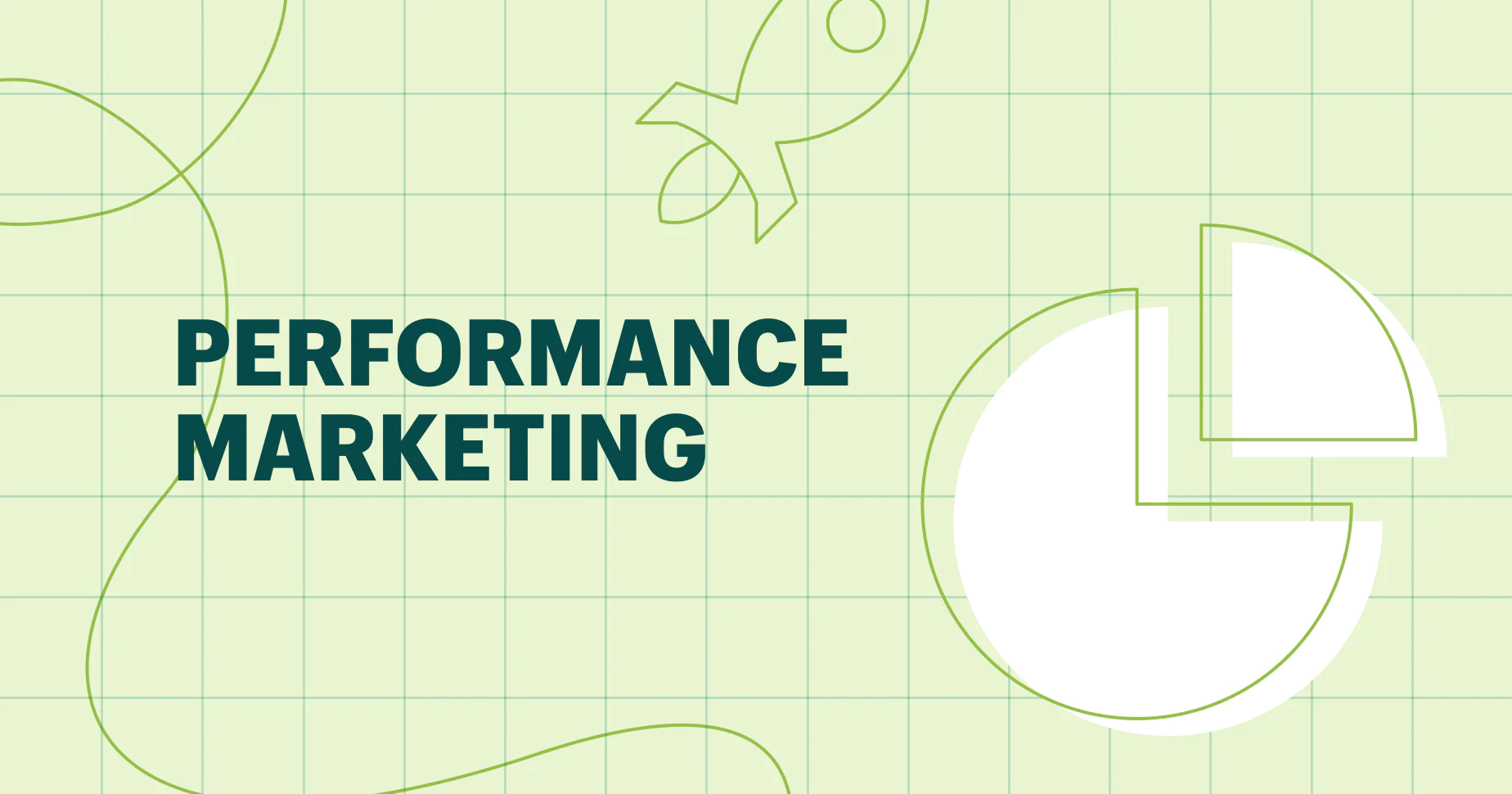
How to Harness the Power of Analytics Tools in Digital Marketing
In today’s fast-paced and ever-evolving digital marketing landscape, it has become essential for businesses to leverage the power of analytics tools to maximize their return on investment (ROI). With the help of data-driven insights, businesses can better understand their target audience, optimize their campaigns, and ultimately drive more conversions and sales.
Analytics tools offer a wealth of data that can be used to make informed decisions and improve marketing strategies. By tracking key metrics such as website traffic, conversion rates, and user engagement, businesses can gain valuable insights into how their marketing efforts are performing and identify areas for improvement. Here’s an example

One of the most popular analytics tools used by businesses today is Google Analytics. This powerful tool provides detailed information about website traffic, user behavior, and conversion rates. By setting up goals and tracking events, businesses can monitor key performance indicators and measure the success of their marketing campaigns.
In addition to Google Analytics, there are a variety of other analytics tools available that can help businesses track and analyze their digital marketing efforts. Tools such as Kissmetrics, Mixpanel, and Crazy Egg offer advanced features such as funnel visualization, heatmaps, and cohort analysis that can provide deeper insights into user behavior and campaign performance.
How can businesses harness the power of analytics tools to maximize their ROI in digital marketing?
Here are a few key strategies:
1. Set clear goals and key performance indicators (KPIs): Before you start using analytics tools, it’s important to define your goals and KPIs. Whether you’re looking to increase website traffic, boost conversions, or improve user engagement, having clear objectives in mind will help you track the success of your marketing campaigns and make data-driven decisions.
2. Use A/B testing to optimize your campaigns: A/B testing is a powerful technique that allows you to test different variations of your marketing campaigns to see which performs better. By using analytics tools to track the results of your tests, you can identify the most effective strategies and optimize your campaigns for maximum ROI.
3. Track user behavior and engagement: Analytics tools can provide valuable insights into how users interact with your website and marketing campaigns. By tracking metrics such as bounce rate, time on page, and click-through rates, you can better understand your target audience and tailor your strategies to meet their needs.

4. Monitor campaign performance in real-time: One of the great advantages of analytics tools is that they provide real-time data on how your marketing campaigns are performing. By monitoring key metrics on a regular basis, you can quickly identify any issues or opportunities for improvement and make adjustments as needed.
5. Use data-driven insights to inform your marketing strategy: Ultimately, the goal of using analytics tools in digital marketing is to make informed decisions based on data. By analyzing the results of your campaigns and using data-driven insights to guide your marketing strategy, you can optimize your efforts for maximum ROI.
To conclude, analytics tools offer businesses a powerful way to maximize their ROI in digital marketing. By setting clear goals, using A/B testing, tracking user behavior, monitoring campaign performance, and using data-driven insights to inform their strategies, businesses can harness the power of analytics tools to drive more conversions and sales. In today’s competitive market, leveraging data-driven insights is key to staying ahead of the curve and achieving success in digital marketing.







